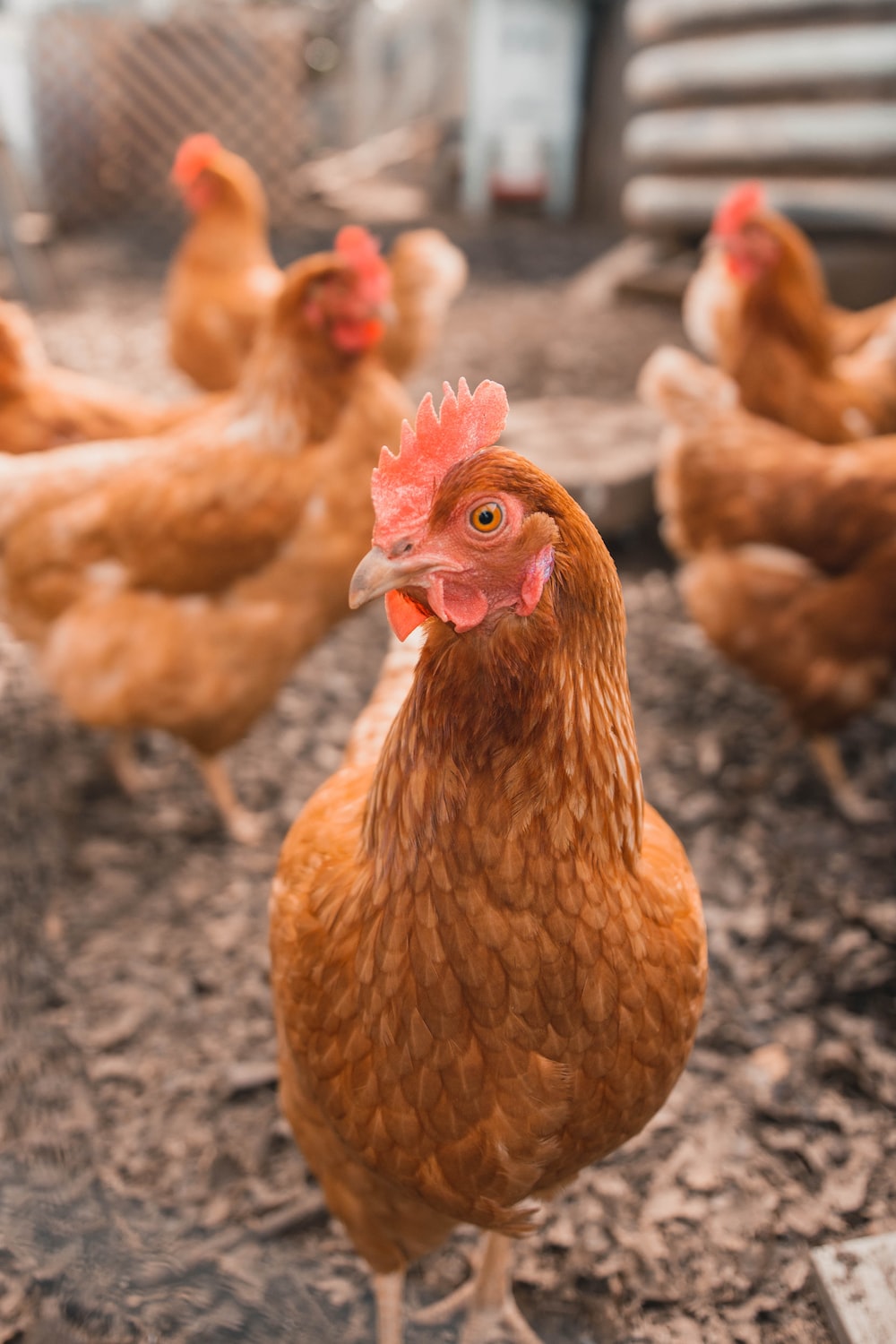Boosting Yields Through Smart Practices
In the realm of agriculture, the adage "you reap what you sow" holds profound significance. Good crop husbandry practices play a pivotal role in ensuring bountiful harvests, and farmers can significantly increase yields with minimal additional costs. This blog explores various husbandry practices that, when combined, contribute to the enhancement of agricultural productivity.
Early Field Preparation
The foundation of a successful harvest begins with early field preparation. Ideally conducted soon after the previous harvest when the soil is still moist, this practice facilitates deep ploughing, efficient decomposition of crop residues, and improves soil structure. Timely field preparation ensures optimal conditions for planting, minimizing surface runoff and setting the stage for a successful growing season.
Use of Manure
As the cost of chemical fertilizers rises, the judicious use of manure becomes crucial. Manures not only supply essential nutrients to the soil but also enhance its structure, leading to improved water and nutrient retention. Farmers should incorporate residues and leverage different types of manures, combining them with chemical fertilizers for robust crop growth, improved yields, and enhanced quality. Extension staff should play a role in providing technical advice on these practices.
Use of Good Seed or Planting Material
The importance of using high-quality seed cannot be overstated. Farmers should select seed and planting material that germinate well, establish healthy crops, and contribute to robust growth. While open-pollinated varieties can be selected over successive seasons, caution should be exercised with hybrid varieties, as performance tends to diminish with recycled seed.
Early Planting
To capitalize on the full rainy season and mitigate uncertainties in rainfall patterns, early planting is essential. Late-planted crops face increased risks of moisture stress, elevated pest and disease attacks, reduced growing periods, and nutrient uptake challenges. Farmers should adhere to recommended planting schedules to optimize their chances of a successful harvest.
Optimum Plant Population Density
Maintaining an optimal plant population density is critical for high yields. This involves correct spacing between ridges or planting rows, spacing between planting stations on the ridge or row, and planting the correct number of seeds or seedlings per station or bed. This practice minimizes competition for nutrients, moisture, and sunlight, suppressing weed growth, minimizing soil erosion, and, in some instances, reducing pest severity.
Timely Weeding
Weeds pose a significant threat to crops by competing for nutrients, moisture, and sunlight. Timely and frequent weeding is essential to reduce this competition, ensuring that crops receive the necessary resources for robust growth. Effective weed management contributes to higher yields and improved crop quality.
Intercropping
Intercropping allows farmers to harvest multiple crops in the same season from the same plot, maximizing benefits such as moisture retention, crop support, soil fertility improvement, soil erosion control, and pest and disease control. Encouraging farmers to embrace intercropping practices can lead to a more sustainable and diversified agricultural system.
Crop Rotation
Crop rotation involves growing different crops in succession each year, avoiding the planting of deep-rooted crops or crops from the same family consecutively. This practice prevents the build-up of diseases and pests in the soil and ensures balanced nutrient levels. Agriculture staff should assist farmers in developing effective crop rotation plans to maintain soil health and optimize yields.
Crop Hygiene
Insect pests and diseases can wreak havoc on crops, leading to reduced yields and lower-quality produce. Implementing practices such as observing closed seasons, burning or burying infested materials away from fields, and uprooting plants after harvesting can help mitigate the incidence of pests and diseases without resorting to excessive pesticide use.
Farm Planning and Management
Efficient use of available resources is crucial for the success of any farm. Planning and management are key components of this efficiency. Agricultural staff should collaborate with farmers to create tailored farm plans that optimize land, water, labor, time, money, and other resources, ensuring a streamlined and cost-effective approach to farming.

The power of good crop husbandry lies in the harmonious integration of these practices. Farmers, supported by knowledgeable extension staff, can implement these strategies to not only increase yields but also foster sustainable and resilient agricultural systems. By embracing these practices, the agricultural community can cultivate a future of abundance and prosperity.





 Formulate Feed
Formulate Feed
Comments
Be the first to comment . You must be logged in to post a comment